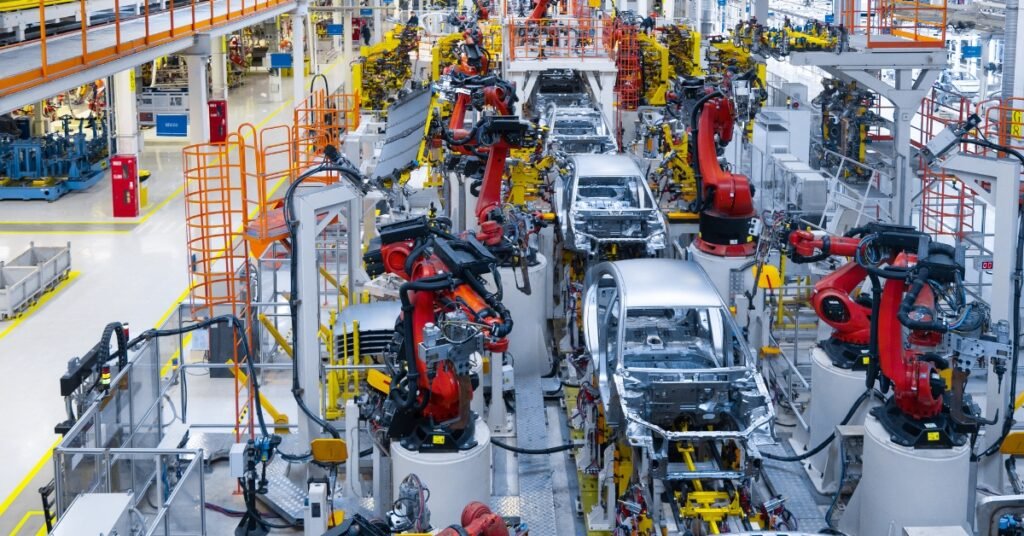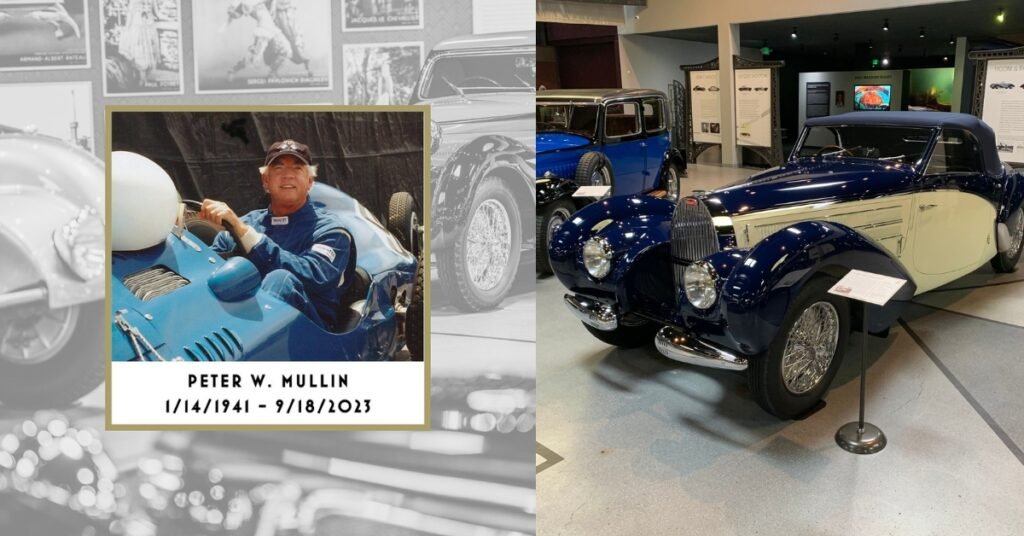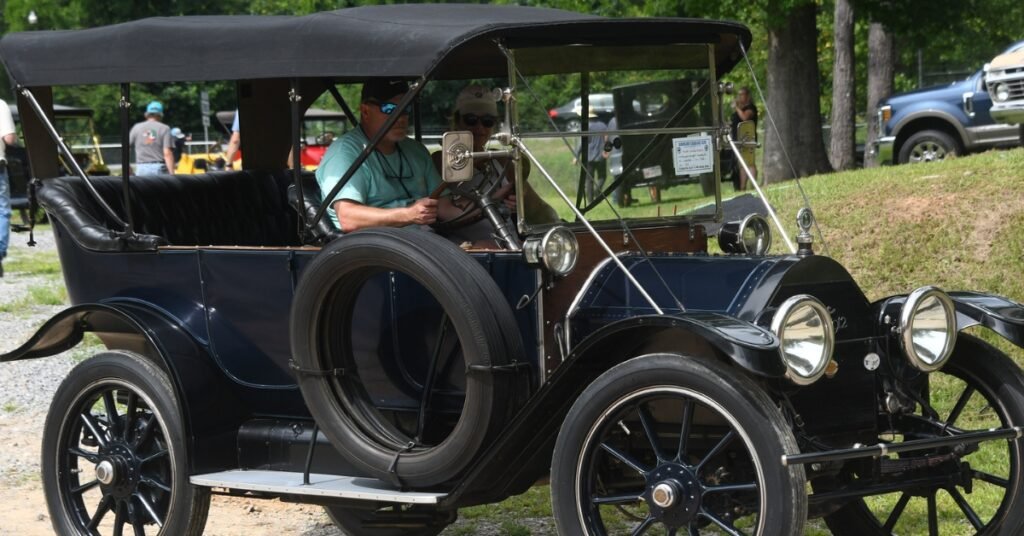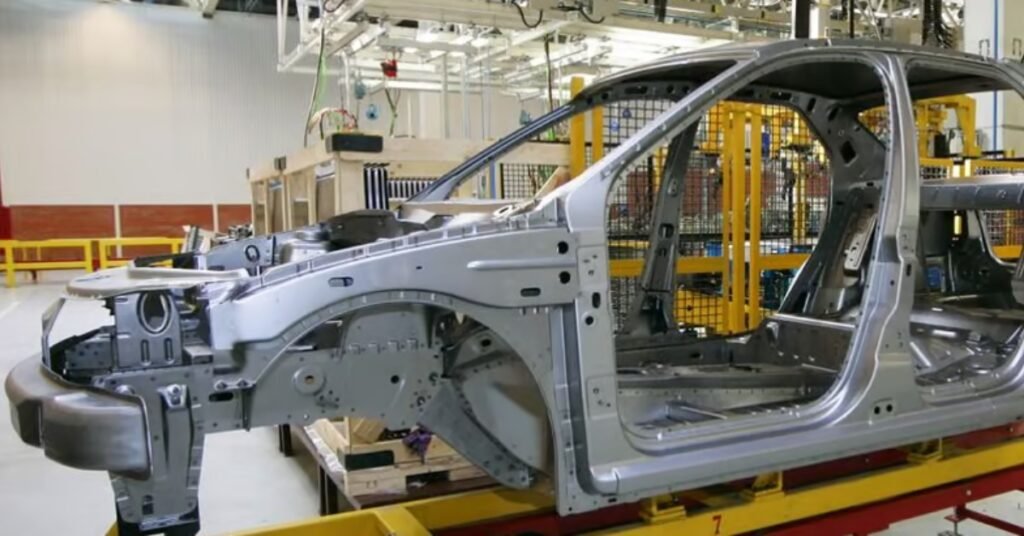The UAW strike highlights the South’s rising influence in electric vehicles. As traditional automakers pivot to EVs, the “battery belt” becomes central to the industry’s future.
Table of Contents
Transitioning to Electric Vehicles: The Heart of the Strike
The ongoing United Auto Workers (UAW) strike against General Motors, Ford, and Stellantis has its roots in various demands like cost of living increments and job security.
However, the transition to electric vehicles is a significant concern behind these demands.
As an esteemed auto journalist, Micheline Maynard puts it, “For Detroit automakers, EVs are absolutely central to the strike.”
Although the UAW strike has not extended to Tennessee, where many auto workers are not unionized, the state represents traditional automakers’ direction.
Often dubbed the “battery belt,” the South’s increasing role in the auto industry cannot be ignored.
The outcome of the UAW strike will likely have implications for Tennessee workers and beyond.
The Emergence of the Battery Belt
While Elon Musk’s Tesla continues to lead the EV sector, other car manufacturers are close behind.
Brands like BMW in South Carolina, Kia in Georgia, and Ford in Kentucky have already commenced EV production in the South or are establishing factories.
Incentives offered by Southern states have been pivotal in attracting these automakers.
The region’s lesser union influence due to “right to work” statutes provides companies with a more flexible hiring process.
This, coupled with the South’s economic scenario, means carmakers can hire labor at reduced costs.
Established automakers often collaborate with other companies, like Ford with Korean company SK, to produce batteries.
More often than not, these partnerships are not bound to employ unionized labor, but the UAW has expressed its intentions to unionize these new establishments.
Electric Future & Challenges
The shift to EVs is seen as both an opportunity and a challenge by unions.
Since EVs have simpler mechanisms and probably require a reduced workforce, unions see this as a potential job threat.
Marick Masters from Wayne State University explains that while traditional engines require assembly of about 2,000 parts, EVs need only about 20.
A significant chunk of the investments in EV plants comes from public funds, like the Inflation Reduction Act from the Biden administration.
This public backing might give workers an edge in their negotiations with car manufacturers.
Southern Prosperity and Union Implications
A strong contract from the UAW’s current strike could embolden unions in the South and in plants that are joint ventures.
As Masters suggests, a union win might motivate workers in the South to join the movement, recognizing the potential benefits in wages and safety provisions.
However, a major union victory could push more manufacturers toward the South, lured by cheaper, non-unionized labor.
Joshua T. White from Vanderbilt University remains confident about the UAW securing better wages and benefits from this strike, given the car companies’ current profit margins.
However, he believes the South car production surge is inevitable.
Summary
In summary, the ongoing UAW strike underscores the growing significance of the South in America’s automotive future.
Whether or not unions find a stronghold in the region, the “battery belt” is here to stay.
Get our best stuff sent straight to you! Join our WhatsApp Channel.






